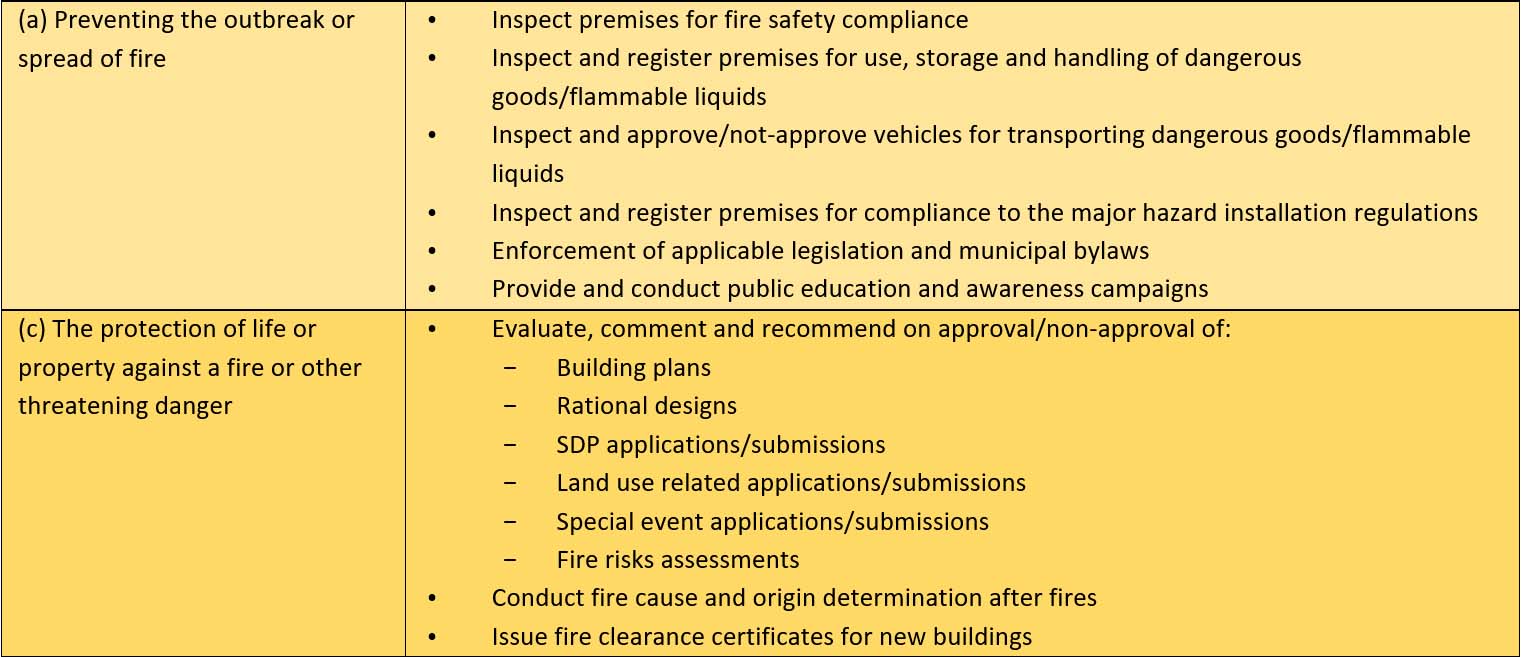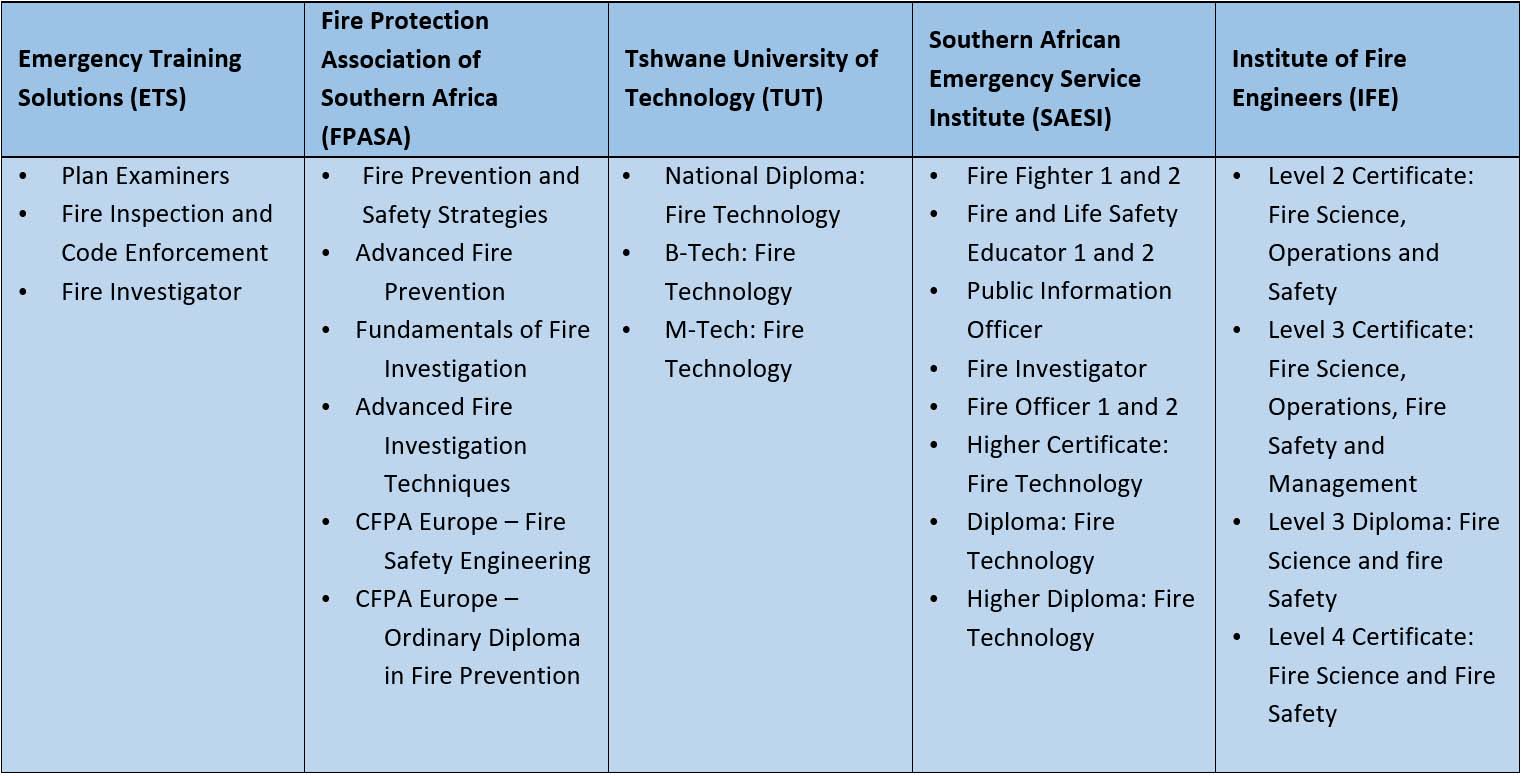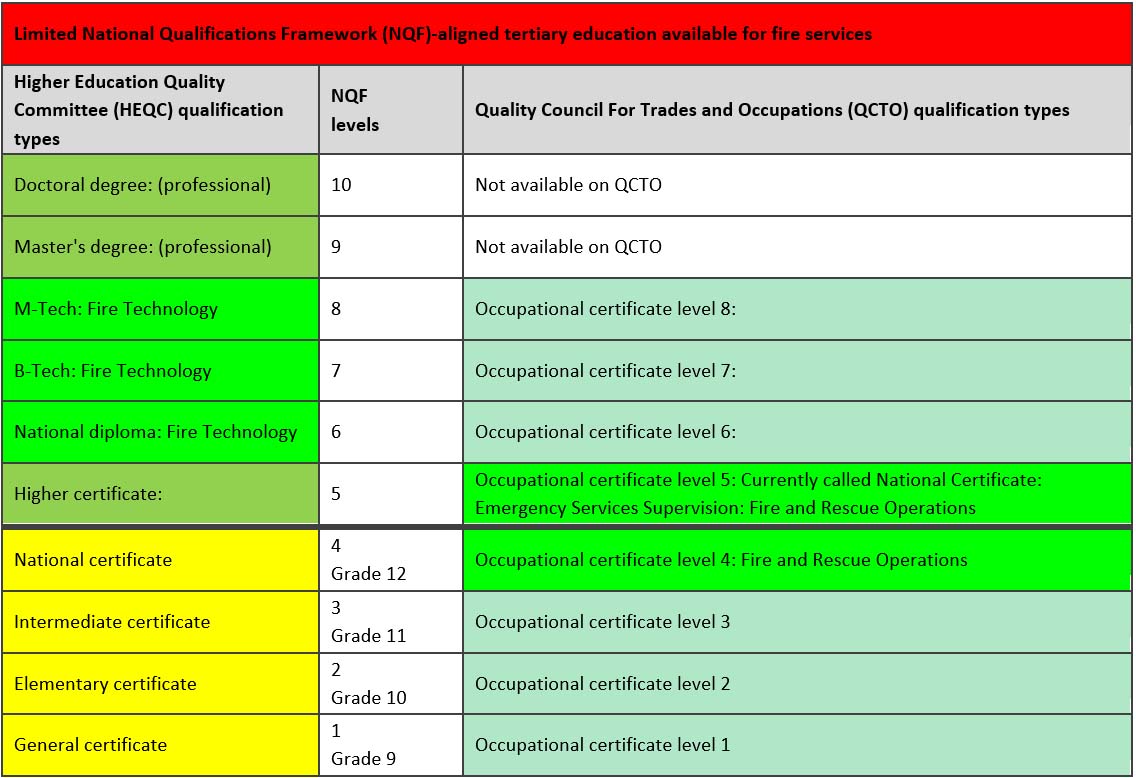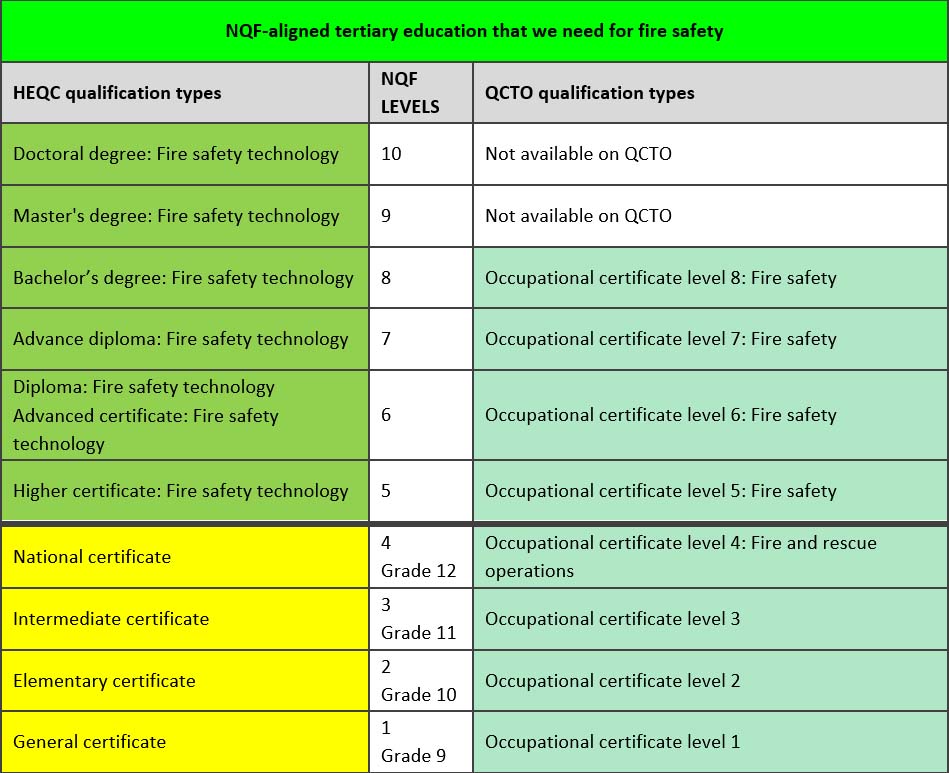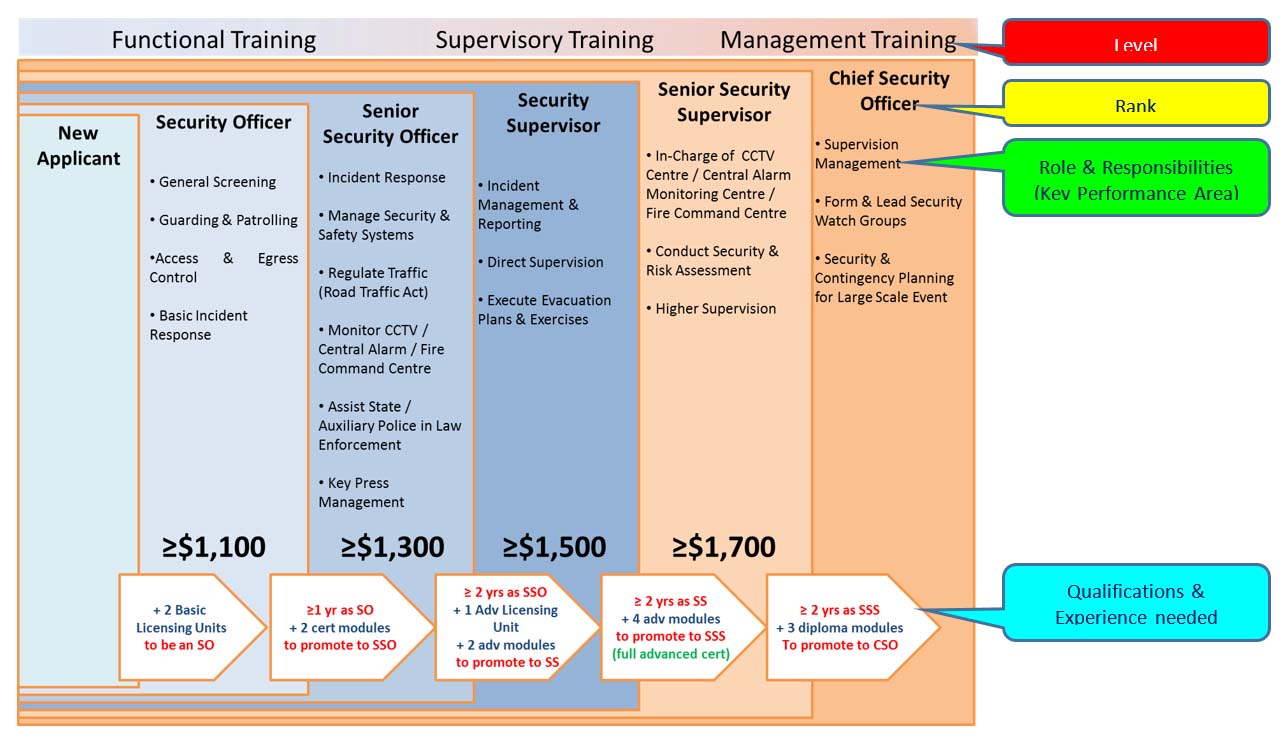- Home
- Magazines
-
Newsletters
- 19 July 2024
- 12 July 2024
- 5 July 2024
- 28 June 2024
- 14 June 2024
- 7 June 2024
- 31 May 2024
- 24 May 2024
- 17 May 2024
- 10 May 2024
- 3 May 2024
- 26 April 2024
- 19 April 2024
- 12 April 2024
- 22 March 2024
- 15 March 2024
- 8 March 2024
- 1 March 2024
- 23 February 2024
- 16 February 2024
- 9 February 2024
- 26 January 2024
- 19 January 2024
- 12 January 2024
- 22 December 2023
- 1 December 2023
- 24 November 2023
- 10 November 2023
- 3 November 2023
- 27 October 2023
- 20 October 2023
- 13 October 2023
- 6 October 2023
- 29 September 2023
- 22 September 2023
- 15 September 2023
- 8 September 2023
- 25 August 2023
- 18 August 2023
- 11 August 2023
- 4 August 2023
- 28 July 2023
- 21 July 2023
- 14 July 2023
- 7 July 2023
- 30 June 2023
- 23 June 2023
- 15 June 2023
- 2 June 2023
- 26 May 2023
- 19 May 2023
- 12 May 2023
- 5 May 2023
- 28 April 2023
- 21 April 2023
- 14 April 2023
- 6 April 2023
- 31 March 2023
- 24 March 2023
- 17 March 2023
- 10 March 2023
- 3 March 2023
- 24 February 2023
- 17 February 2023
- 10 February 2023
- 3 February 2023
- 27 January 2023
- 13 January 2023
- 22 December 2022
- 15 December 2022
- 9 December 2022
- 2 December 2022
- 25 November 2022
- 18 November 2022
- 11 November 2022
- 4 November 2022
- Advertising
- Subscribe
- Articles
-
Galleries
- AOSH Firexpo 2024
- Midvaal Fit to Fight Fire 2024
- WoF KNP 2023 Gallery
- TFA 2023 Gallery
- DMISA Conference 2023
- ETS 2023 Gallery
- Drager Fire Combat and Rescue Challenge 2023
- AOSH Firexpo 2023
- Midvaal Fit to Fight Fire
- WC IFFD 2023
- NMU 13th Fire Management Symposium 2022
- JOIFF Africa Conference 2022
- ETS 2022 Gallery
- TFA 2022 Gallery
- IFFD 2018
- SAESI
- TFA
- WRC 2018
- WRC 2019
- A-OSH/Securex
- IFE AGM 2019
- ETS Ind Fire Comp Nov 2019
- ETS Challenge 2021
- Drager launch
- Drager Fire Combat and Rescue Challenge 2022
- TFA
- Contact
- Home
- Magazines
-
Newsletters
- 19 July 2024
- 12 July 2024
- 5 July 2024
- 28 June 2024
- 14 June 2024
- 7 June 2024
- 31 May 2024
- 24 May 2024
- 17 May 2024
- 10 May 2024
- 3 May 2024
- 26 April 2024
- 19 April 2024
- 12 April 2024
- 22 March 2024
- 15 March 2024
- 8 March 2024
- 1 March 2024
- 23 February 2024
- 16 February 2024
- 9 February 2024
- 26 January 2024
- 19 January 2024
- 12 January 2024
- 22 December 2023
- 1 December 2023
- 24 November 2023
- 10 November 2023
- 3 November 2023
- 27 October 2023
- 20 October 2023
- 13 October 2023
- 6 October 2023
- 29 September 2023
- 22 September 2023
- 15 September 2023
- 8 September 2023
- 25 August 2023
- 18 August 2023
- 11 August 2023
- 4 August 2023
- 28 July 2023
- 21 July 2023
- 14 July 2023
- 7 July 2023
- 30 June 2023
- 23 June 2023
- 15 June 2023
- 2 June 2023
- 26 May 2023
- 19 May 2023
- 12 May 2023
- 5 May 2023
- 28 April 2023
- 21 April 2023
- 14 April 2023
- 6 April 2023
- 31 March 2023
- 24 March 2023
- 17 March 2023
- 10 March 2023
- 3 March 2023
- 24 February 2023
- 17 February 2023
- 10 February 2023
- 3 February 2023
- 27 January 2023
- 13 January 2023
- 22 December 2022
- 15 December 2022
- 9 December 2022
- 2 December 2022
- 25 November 2022
- 18 November 2022
- 11 November 2022
- 4 November 2022
- Advertising
- Subscribe
- Articles
-
Galleries
- AOSH Firexpo 2024
- Midvaal Fit to Fight Fire 2024
- WoF KNP 2023 Gallery
- TFA 2023 Gallery
- DMISA Conference 2023
- ETS 2023 Gallery
- Drager Fire Combat and Rescue Challenge 2023
- AOSH Firexpo 2023
- Midvaal Fit to Fight Fire
- WC IFFD 2023
- NMU 13th Fire Management Symposium 2022
- JOIFF Africa Conference 2022
- ETS 2022 Gallery
- TFA 2022 Gallery
- IFFD 2018
- SAESI
- TFA
- WRC 2018
- WRC 2019
- A-OSH/Securex
- IFE AGM 2019
- ETS Ind Fire Comp Nov 2019
- ETS Challenge 2021
- Drager launch
- Drager Fire Combat and Rescue Challenge 2022
- TFA
- Contact
|
24 March 2023
|
Featured FRI Magazine article: Career path for fire safety personnel in the municipal environment by Petrus Brits
We will be sharing some technical articles from Fire and Rescue International magazine on a weekly basis with our readers to assist in technology transfer. This will hopefully create an increased awareness, providing you with hands-on advice and guidance. All our magazines are available free of charge in PDF format on our website and online at ISSUU. We also provide all technical articles as a free download in our article archive on our website. This week’s article is: Career path for fire safety personnel in the municipal environment written by Petrus Brits, senior district manager for fire safety, Ekurhuleni Emergency Services.
The fire service, fire brigade, fire and rescue service or emergency, whatever it is called by people, is governed by mainly two acts, one being the Constitution of South Africa and the other the Fire Brigade Services Act.
The Constitution of South Africa, Schedule 4: Part B states that the running of a “fire fighting service” is the responsibility of Local Government. In Chapter 7, Schedule 155 (6)(a) and (7) it states that provinces are responsible for the monitoring and support to Local Government regarding service delivery.
The Fire Brigade Services Act, Section 3(1) states that, “A local authority may establish and maintain a service in accordance with the prescribed requirements” In Section 5(1) it states that, “A controlling authority shall appoint a person who possesses the prescribed qualifications and experience, as chief fire officer to be in charge of its service”.
The above mentioned acts clearly indicates who’s responsibility it is to establish a service as well as who will render support to them to perform at their level best. The concern, however, is the reference to the “prescribed” qualifications a person must have to be appointed as chief fire officer. As we all know there is no set of qualifications gazetted in an act or regulation for these positions and it solely leaves this up to the individual local authority to decide upon if they wish to establish a service. Remember, the Fire Brigade Services Act states that they “may” establish a service instead of “must”. The failure of these prescribed qualifications has a rippling effect downwards on all positions as it is not clearly identified due to the lack of a career path or career profile for fire services.
In terms of the Fire Brigade Services Act, a “service” means a fire brigade service intended to be employed for:
Section (a) and (c) in the paragraph above is a direct instruction of what duties must be performed by a service and these duties are normally performed by the fire prevention section as established in terms of SANS 10090:2003 in larger services or by a single person in our smaller and rural services. In the table below are some of the duties and activities listed that are performed in terms of (a) and (c):
The fire service, fire brigade, fire and rescue service or emergency, whatever it is called by people, is governed by mainly two acts, one being the Constitution of South Africa and the other the Fire Brigade Services Act.
The Constitution of South Africa, Schedule 4: Part B states that the running of a “fire fighting service” is the responsibility of Local Government. In Chapter 7, Schedule 155 (6)(a) and (7) it states that provinces are responsible for the monitoring and support to Local Government regarding service delivery.
The Fire Brigade Services Act, Section 3(1) states that, “A local authority may establish and maintain a service in accordance with the prescribed requirements” In Section 5(1) it states that, “A controlling authority shall appoint a person who possesses the prescribed qualifications and experience, as chief fire officer to be in charge of its service”.
The above mentioned acts clearly indicates who’s responsibility it is to establish a service as well as who will render support to them to perform at their level best. The concern, however, is the reference to the “prescribed” qualifications a person must have to be appointed as chief fire officer. As we all know there is no set of qualifications gazetted in an act or regulation for these positions and it solely leaves this up to the individual local authority to decide upon if they wish to establish a service. Remember, the Fire Brigade Services Act states that they “may” establish a service instead of “must”. The failure of these prescribed qualifications has a rippling effect downwards on all positions as it is not clearly identified due to the lack of a career path or career profile for fire services.
In terms of the Fire Brigade Services Act, a “service” means a fire brigade service intended to be employed for:
- Preventing the outbreak or spread of a fire
- Fighting or extinguishing a fire
- The protection of life or property against a fire or other threatening danger
- The rescue of life or property from a fire or other danger
- Subject to the provisions of the Health Act, 1977 (Act No 63 of 1977), the rendering of an ambulance service as an integral part of the fire brigade service or
- The performance of any other function connected with any of the matters referred to in paragraphs (a) to (e).
Section (a) and (c) in the paragraph above is a direct instruction of what duties must be performed by a service and these duties are normally performed by the fire prevention section as established in terms of SANS 10090:2003 in larger services or by a single person in our smaller and rural services. In the table below are some of the duties and activities listed that are performed in terms of (a) and (c):
What we have currently
Needless who perform these duties, said person needs to be qualified in order to deliver a competent service to the community. The question now comes to mind, what qualifications does this person need to possess and where or how will it be obtained? Again, this is left to the local authority to decide on. Currently in South Africa we have the following qualifications and providers available delivering some sort of fire safety qualifications to the industry:
Needless who perform these duties, said person needs to be qualified in order to deliver a competent service to the community. The question now comes to mind, what qualifications does this person need to possess and where or how will it be obtained? Again, this is left to the local authority to decide on. Currently in South Africa we have the following qualifications and providers available delivering some sort of fire safety qualifications to the industry:
What do we need?
In order to progress with the development of qualifications for fire safety personnel, it is necessary to follow the following three processes:
A. Identify the roles applicable to the fire safety section. The National Fire Protection Association (NFPA) codes identify four types of roles which can be used as guidelines and is listed as:
1. Fire inspector: An individual who conducts fire code inspections and applies codes and standards.
2. Plan examiner: An individual who conducts plan reviews and applies codes and standards.
3. Fire investigator: An individual who has demonstrated the skills and knowledge necessary to conduct, coordinate, and complete an investigation.
4. Fire marshal: A person designated to provide delivery, management, and/or administration of fire protection and life safety related codes and standards, investigations, education, and/or prevention services for local, county, state, provincial, federal, tribal, or private sector jurisdictions as adopted or determined by that entity.
B. Identify the job levels applicable to the fire safety section and once again the NFPA codes can be used can be used as guidelines and is listed as:
1. Inspector I: An individual at the first level of progression, conducts basic fire inspections and applies codes and standards
2. Fire inspector II: An individual at the second or intermediate level of progression, conducts most types of inspections and interprets applicable codes and standards
3. Fire inspector III: An individual at the third and most advanced level of progression, performs all types of fire inspections, plans review duties, and resolves complex code-related issues
5. Plan examiner I: An individual at the first level of progression, conducts basic plan reviews and applies codes and standards
6. Plan examiner II: An individual at the second or most advanced level of progression, conducts plan reviews and interprets applicable codes and standards.
C. Identify the educational subjects or courses applicable to the fire safety section and its personnel. Examples can be:
In order to progress with the development of qualifications for fire safety personnel, it is necessary to follow the following three processes:
A. Identify the roles applicable to the fire safety section. The National Fire Protection Association (NFPA) codes identify four types of roles which can be used as guidelines and is listed as:
1. Fire inspector: An individual who conducts fire code inspections and applies codes and standards.
2. Plan examiner: An individual who conducts plan reviews and applies codes and standards.
3. Fire investigator: An individual who has demonstrated the skills and knowledge necessary to conduct, coordinate, and complete an investigation.
4. Fire marshal: A person designated to provide delivery, management, and/or administration of fire protection and life safety related codes and standards, investigations, education, and/or prevention services for local, county, state, provincial, federal, tribal, or private sector jurisdictions as adopted or determined by that entity.
B. Identify the job levels applicable to the fire safety section and once again the NFPA codes can be used can be used as guidelines and is listed as:
1. Inspector I: An individual at the first level of progression, conducts basic fire inspections and applies codes and standards
2. Fire inspector II: An individual at the second or intermediate level of progression, conducts most types of inspections and interprets applicable codes and standards
3. Fire inspector III: An individual at the third and most advanced level of progression, performs all types of fire inspections, plans review duties, and resolves complex code-related issues
5. Plan examiner I: An individual at the first level of progression, conducts basic plan reviews and applies codes and standards
6. Plan examiner II: An individual at the second or most advanced level of progression, conducts plan reviews and interprets applicable codes and standards.
C. Identify the educational subjects or courses applicable to the fire safety section and its personnel. Examples can be:
- Fire engineering science (hydraulics and chemistry)
- Fire engineering (fire dynamics)
- Fire engineering (fire models)
- Fire engineering (design and assessment)
- Fire protection engineering (active)
- Fire protection engineering (passive)
- Smoke control
- Interaction between fire and people
- Egress and risk assessment
- Building engineering
- Building construction for the fire service
- Building regulations, codes, standards and legislation
- Fire prevention practices
- Fire safety risk assessments
- Community risk reduction
- Codes and inspection procedures
- Fire investigation (origin and cause determination)
- Building plan examination
- Fire and life safety educator
- Public information officer
After the above mentioned processes have been followed a career path for the fire service and its personnel needs to be develop.
Unfortunately, this will not be an easy task taking into consideration the different types of fire services in the country, their functionality and staffing levels available. However, without the ‘skeleton’, no meat can be put on as the bones are providing the backbone and direction needed with developing qualifications.
An example of such a career path is listed below:
Unfortunately, this will not be an easy task taking into consideration the different types of fire services in the country, their functionality and staffing levels available. However, without the ‘skeleton’, no meat can be put on as the bones are providing the backbone and direction needed with developing qualifications.
An example of such a career path is listed below:
Proposed way forward
We need to realise that no fire service in South Africa is a mirror image of each other and that is due to:
There is no professional body representing the fire service in South Africa and although there is a fire service directorate in the Department of Cooperative Governance and Traditional Affairs, they cannot attend to all issues due to limitations of staff. The Fire Brigade Board is not functioning as desired and perhaps the new Fire Brigade Services Act will address this shortcoming via the route of a professional body. This will greatly assist with developing careers and qualifications needed for the service and gazetted in legislation to be adhered to by all.
A mind-set needs to take place at top management level in fire services to move towards prevention, protection and education instead of response as this will contribute to a more safe community and lesser fire losses which have huge impacts on the economy.
No specific tertiary qualification exists for fire safety personnel and this can be achieved via:
As no career path exists for fire services, there is an urgent need that one be drafted for all sections in the service. This career path needs to be based on roles rather than ranks and needs to be included as a regulation in terms of the new Fire Brigade Services Act.
The envisaged goal for a fire safety qualification can be achieved by establishing a small working group to draft a career path for fire safety and there after a qualification using capable and competent persons.
We need to realise that no fire service in South Africa is a mirror image of each other and that is due to:
- Different municipal classifications (metro, district, local)
- Different organisational structures (size of staff complement)
- Different risks in area of jurisdiction (farm land vs petroleum depots)
- Different topography in area of jurisdiction (built-up vs rural)
There is no professional body representing the fire service in South Africa and although there is a fire service directorate in the Department of Cooperative Governance and Traditional Affairs, they cannot attend to all issues due to limitations of staff. The Fire Brigade Board is not functioning as desired and perhaps the new Fire Brigade Services Act will address this shortcoming via the route of a professional body. This will greatly assist with developing careers and qualifications needed for the service and gazetted in legislation to be adhered to by all.
A mind-set needs to take place at top management level in fire services to move towards prevention, protection and education instead of response as this will contribute to a more safe community and lesser fire losses which have huge impacts on the economy.
No specific tertiary qualification exists for fire safety personnel and this can be achieved via:
- Research international qualifications and convert/adapt them for the South African environment
- Compile and draft a ‘new’ qualification or expand the current tertiary qualification available to cover more fire safety areas and submit for approval by the South African Qualifications Authority (SAQA)
- Engage tertiary education institutions to provide ‘distance learning’ on this program throughout South Africa
- The current short courses as provided by eg FPASA, ETS and SAESI/IFSAC can be included in the ‘new’ qualification as this approach is standard in the USA degree programmes
As no career path exists for fire services, there is an urgent need that one be drafted for all sections in the service. This career path needs to be based on roles rather than ranks and needs to be included as a regulation in terms of the new Fire Brigade Services Act.
The envisaged goal for a fire safety qualification can be achieved by establishing a small working group to draft a career path for fire safety and there after a qualification using capable and competent persons.
Quick navigation
Social
|
Who are we?FRI Media (Pty) Ltd is an independent publisher of technical magazines including the well-read and respected Fire and Rescue International, its weekly FRI Newsletter and the Disaster Management Journal. We also offer a complete marketing and publishing package, which include design, printing and corporate wear and gifts. |
Weekly FRI Newsletter |
© Copyright 2018 Fire and Rescue International. All Rights Reserved.






